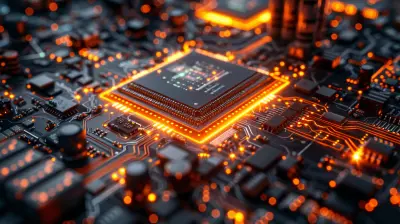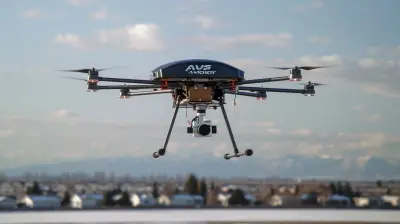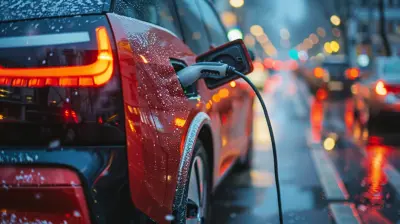The Role of Machine Learning in Smart Cities Development
22 September 2025
Let’s take a moment to imagine something. Think about your city—its streets, traffic lights, water systems, security cameras, public transport. Now, imagine if it were smart enough to learn, adapt, and make decisions. What if your city could reduce traffic jams on its own or anticipate a water shortage before it even happens?
Well, guess what? That’s not a futuristic fantasy anymore. It’s happening right now thanks to the magic of Machine Learning (ML). So, buckle up because we’re diving deep into how machine learning is shaping the future of smart cities—and trust me, the ride is going to be exciting.
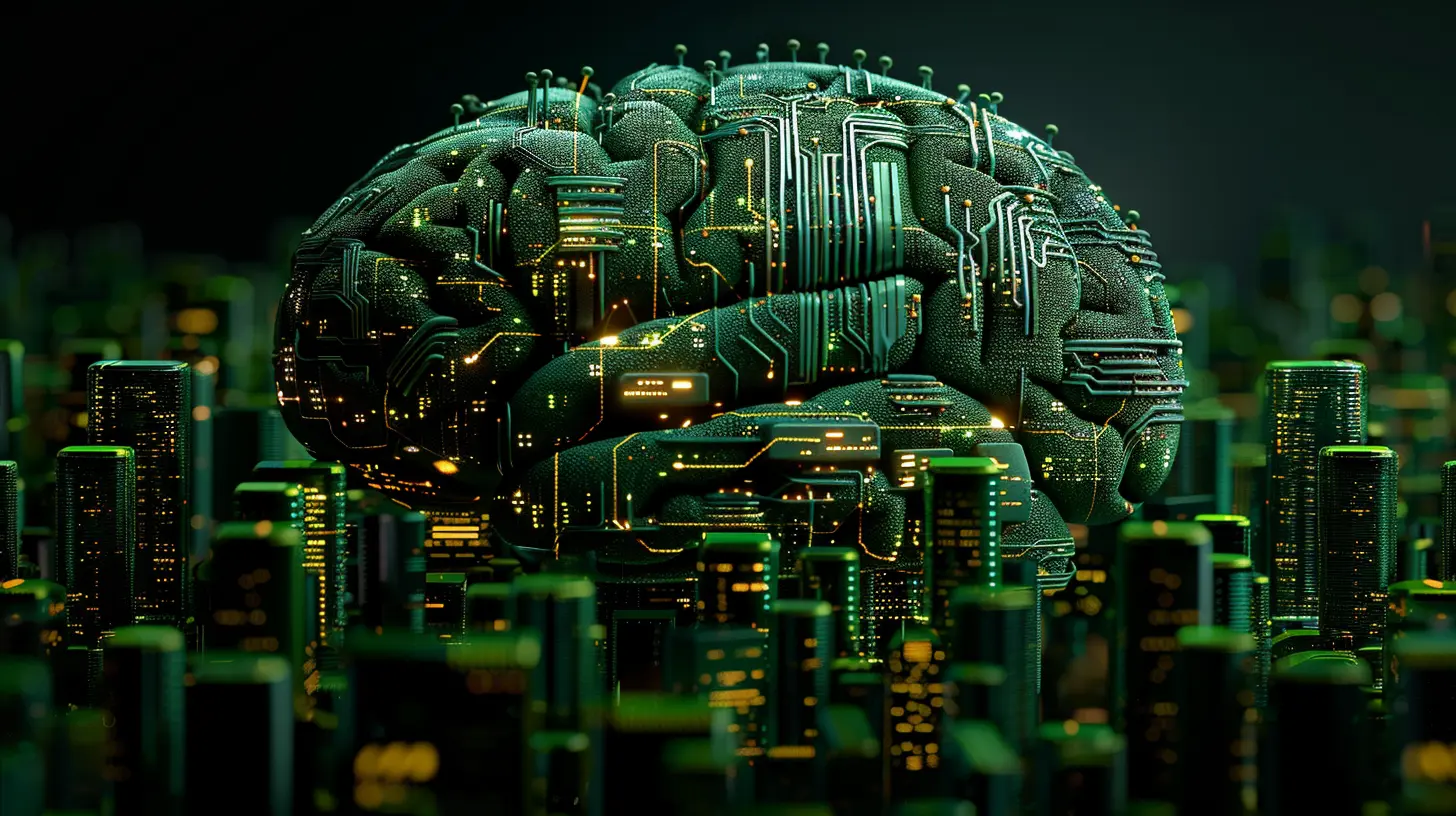
What’s a Smart City Anyway?
Before we talk about machine learning, let’s unpack “smart city.” A smart city uses technology and data to improve the quality of life for its residents. From cleaner air to smoother commutes, smart cities aim to make daily life more efficient, livable, and sustainable.Think of it like giving your entire city a brain. But the brain doesn’t just store information—it learns, adapts, and makes things better over time.
That’s where machine learning kicks in.
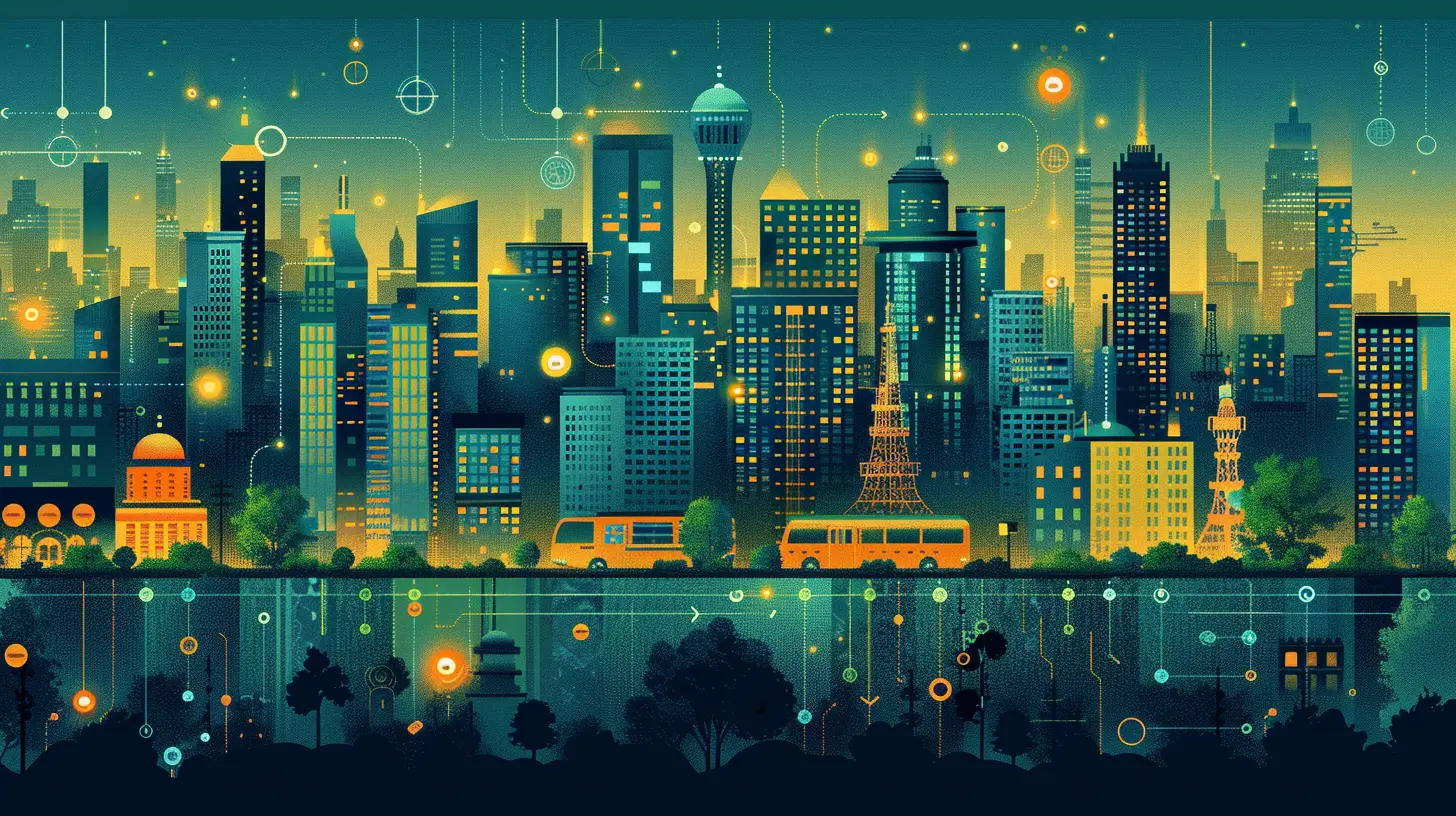
So, What Exactly is Machine Learning?
In simple words, machine learning is like teaching computers to learn from experience—just like humans do. Instead of writing code for every little task, we feed the computer tons of data and let it figure things out on its own.Picture this: if you show an ML algorithm thousands of traffic patterns, it starts understanding how and when congestion builds up. Over time, it becomes smart enough to spot traffic jams before they happen—and can even do something about it.
Neat, right?
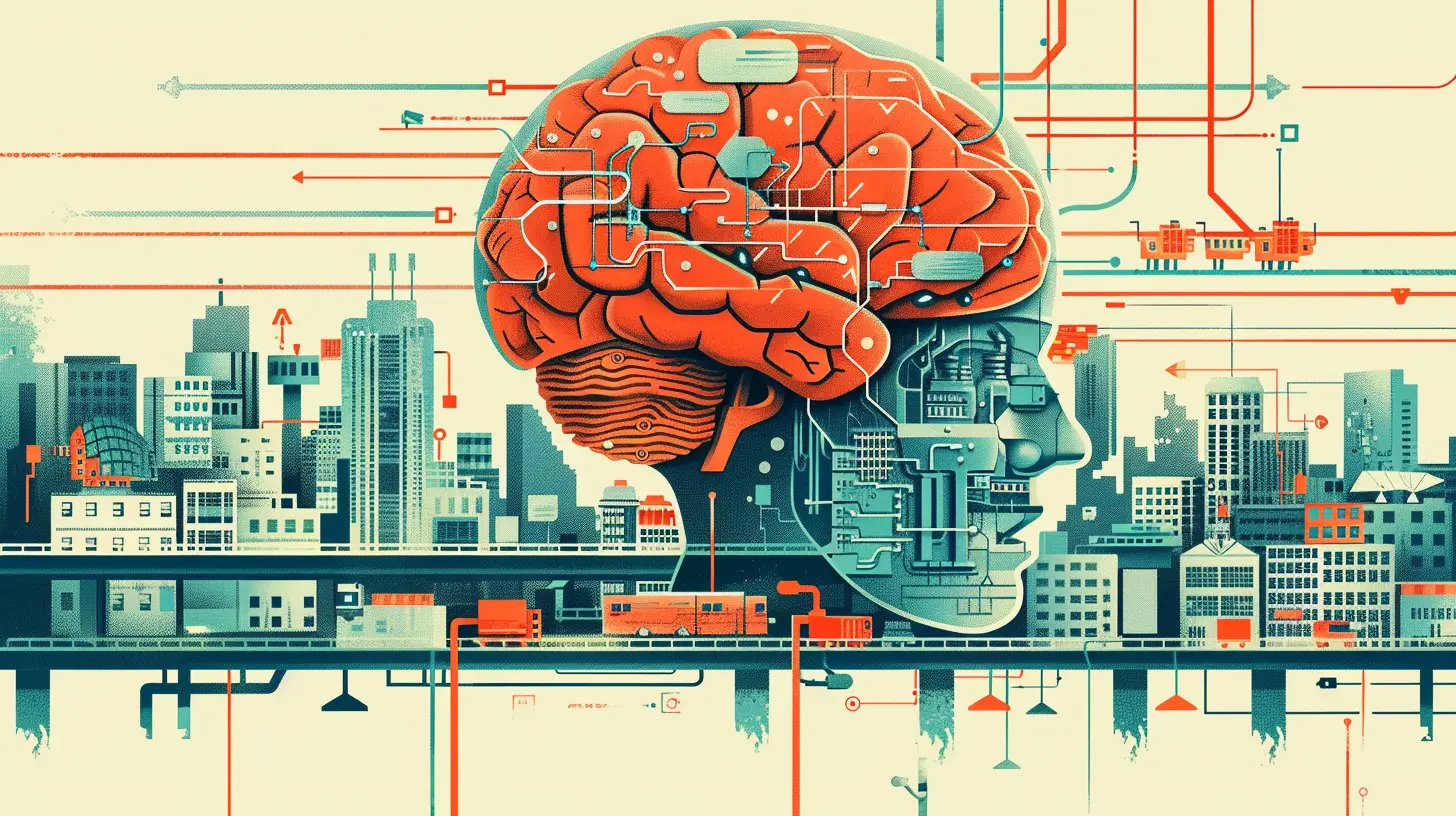
Why Machine Learning is the Secret Sauce of Smart Cities
Now, let’s get to the juicy part. Why is machine learning such a big deal in the development of smart cities? Let’s break it down.1. Smarter Traffic Management
Ever been stuck in traffic and thought, “There has to be a better way”? Yeah, we’ve all been there.With machine learning, cities are solving traffic problems in real-time. These algorithms gather data from traffic lights, GPS devices, road sensors, and even social media. Then they analyze it to predict congestion, adjust traffic lights, and guide drivers through less crowded routes.
For example, in cities like Los Angeles and Singapore, ML-powered systems are already cutting down travel times by adjusting signals automatically. It’s like having a traffic cop with superhuman reflexes.
2. Efficient Energy Use
Smart cities aim to go green—and ML is playing a huge role in that.Think about electricity. Machine learning can analyze energy usage patterns in homes, offices, and factories. Based on that, it can forecast demand, adjust supply, and even turn off systems when they’re not needed.
It’s not just about saving money—it’s about reducing waste and keeping our planet a little cooler. With ML, we can truly live smarter and more sustainably.
3. Crime Prediction and Prevention
Okay, this one sounds a bit like sci-fi, but hear me out.Machine learning can analyze crime data—where it happens, when, and what kind. Law enforcement agencies can then use those insights to allocate resources better and prevent crime where it's likely to happen.
No, it’s not a crystal ball, but it’s the closest thing we’ve got. Some U.S. cities have already seen a drop in crime rates using predictive policing tools powered by ML.
Of course, this kind of system needs to be used carefully to avoid bias and ensure fairness. But when done right, it’s a powerful tool for safer streets.
4. Improved Public Services
Imagine if buses could adjust their routes based on real-time passenger data. Or if garbage trucks only went out when bins were actually full.That’s the dream, right? And machine learning can make it happen.
From waste management to public transport, ML algorithms help cities optimize services, saving both time and resources. It’s all about being responsive and efficient—no more one-size-fits-all solutions.
5. Environmental Monitoring
Our environment is constantly changing. Urban air quality, temperature, water levels—all these need close watching. But let’s face it, manually monitoring all that is nearly impossible.So, ML to the rescue again.
Smart sensors connected to ML systems can track pollution, detect water leakages, and warn about natural disasters. These systems “learn” from patterns and respond faster than humans ever could.
The result? Cleaner, safer cities that can react before problems spiral out of control.
6. Better Urban Planning
City planning isn’t just about laying roads and building parks. It’s about understanding how people move, what they need, and how they live.Traditionally, this required years of research and analysis. But with machine learning, urban planners can simulate scenarios and make data-driven decisions in a fraction of the time.
Want to know where to build the next school or subway station? ML can crunch the numbers and suggest the best spots, based on population trends, commute times, and user behaviors.
7. Personalized Citizen Experiences
Let’s be honest: interacting with government services can sometimes feel like a never-ending maze. But machine learning has the potential to change that.Imagine city services tailored to your needs—suggesting local events based on your interests or sending reminders for permits and taxes. Think of it like a smart concierge for your city life.
ML can power chatbots, virtual assistants, and recommendation systems that make citizens feel heard and assisted. Finally, government services that don’t make you want to tear your hair out.
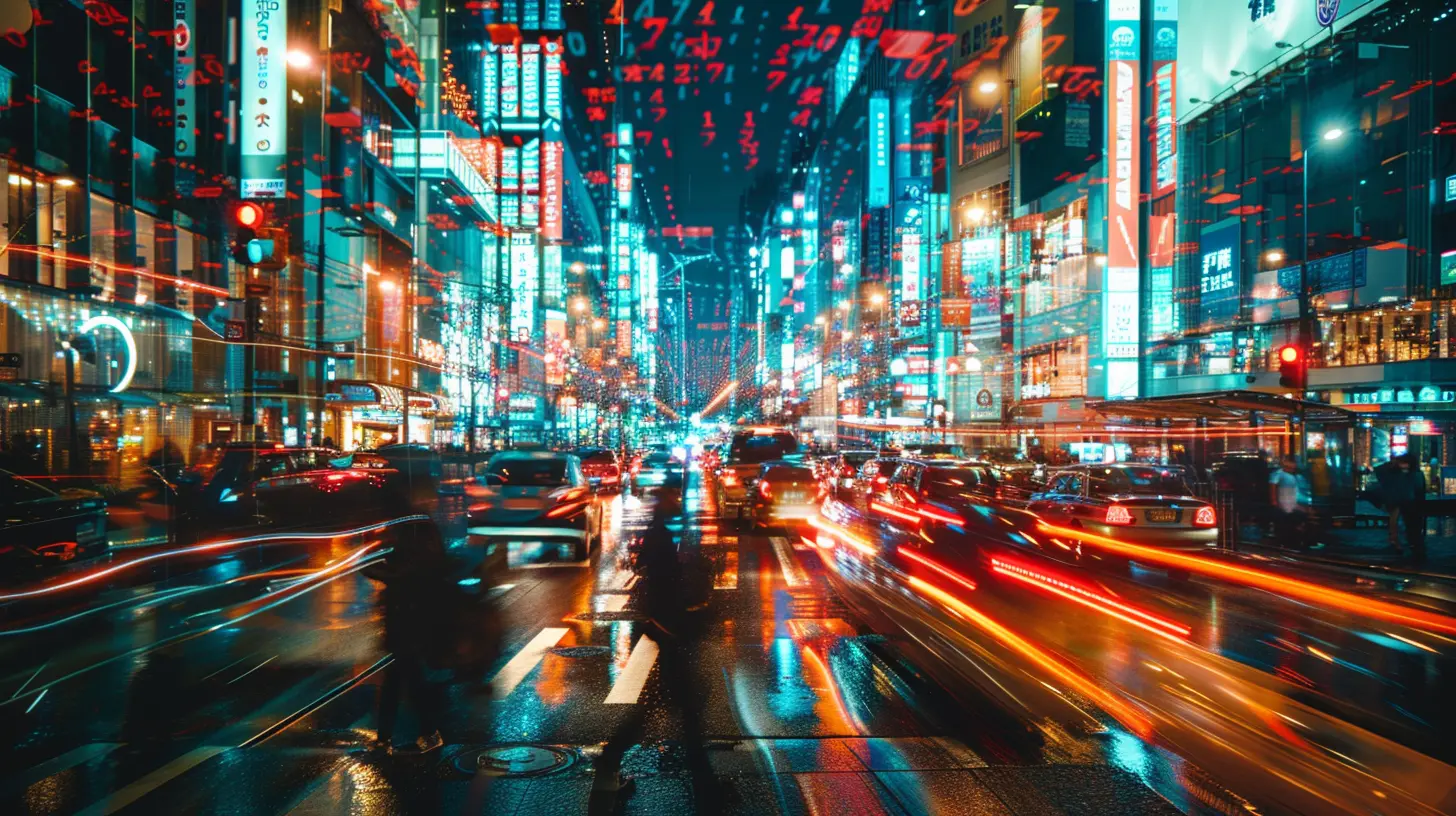
Real-Life Examples of ML in Smart Cities
To bring all of this to life, let’s look at some cities already putting ML to work:- Barcelona uses machine learning to manage its traffic flow and smart lighting systems.
- Singapore runs an ML-based surveillance system for public safety and traffic management.
- Toronto is experimenting with ML to redesign urban layouts based on pedestrian and vehicle flow data.
- Amsterdam uses AI and ML-powered systems to monitor its energy usage and reduce environmental impact.
These cities aren’t just talking about being smart—they’re living it.
Challenges and Risks (Yep, There Are a Few)
Alright, so we’ve sung a lot of praises here, but let’s keep it real. Like any powerful tool, ML comes with its own set of challenges.- Privacy Concerns: Collecting so much data can feel a little... invasive. Cities need strict data privacy standards to ensure personal info is safe.
- Bias in Algorithms: If the data fed into ML models is biased, the results will be too. This can lead to unfair treatment in policing or public services.
- Infrastructure Requirements: Not every city has the tech muscle to implement ML systems. Building a smart city takes serious investment.
- Transparency: Decisions made by ML systems can sometimes feel mysterious. It’s important for cities to be transparent about how these decisions are made.
Despite these hurdles, the trajectory is clear: cities are getting smarter, and machine learning is at the heart of the transformation.
What’s Next for Machine Learning in Smart Cities?
Machine learning is still evolving, and its role in smart cities will only grow. With the rise of edge computing, 5G, and IoT (Internet of Things), data will be processed faster and more securely than ever before.Imagine real-time updates on every corner of your city, constantly optimized by ML. Faster emergency response, cleaner streets, economic growth—there are endless possibilities.
And here’s the best part—it’s just the beginning.
Final Thoughts: The Machine Has Entered the City
So, where do we go from here?We’re standing at the edge of a revolution in urban living. As tech lovers, city dwellers, and global citizens, this is our chance to shape the future. With machine learning, we’re not just building cities—we’re building living, breathing ecosystems that think, respond, and care.
Now that’s a future worth getting excited about.
all images in this post were generated using AI tools
Category:
Machine LearningAuthor:

Ugo Coleman
Discussion
rate this article
1 comments
Phoenix Graham
Exciting times ahead! Machine learning is revolutionizing smart cities, enhancing efficiency and sustainability. Can’t wait to see how these innovations transform urban living for everyone!
October 4, 2025 at 10:39 AM

Ugo Coleman
Thank you! Exciting developments indeed—machine learning is a game changer for smart cities, driving innovation and improving quality of life for all residents.
